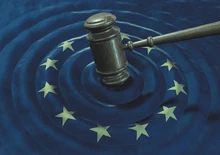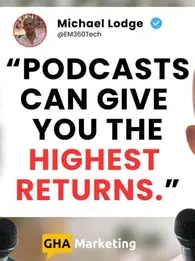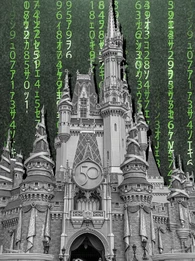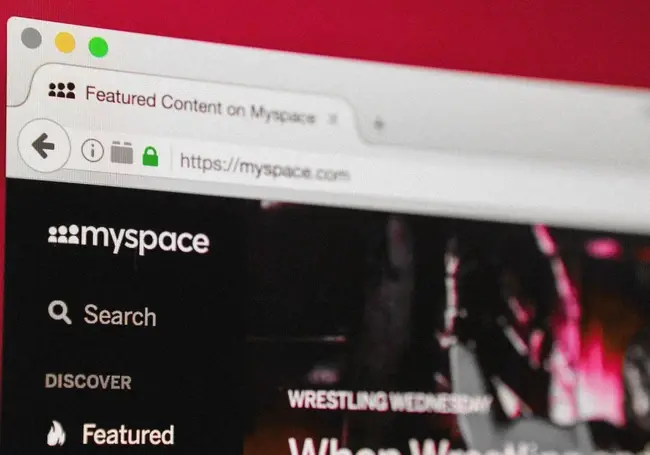
If you were online in the early to mid-2000s, you’ll probably remember MySpace. The social networking site dominated the social media scene in its early days, reaching a global audience in the millions and for a period becoming the most-visited website in the United States.
It played a crucial role in the early growth of video platforms like YouTube and Photobucket and even helped launch the careers of musicians and artists including Lady Gaga, Arctic Monkeys, and The Killers.
But ask anyone if they use Myspace today and they might not even know what you're talking about. The former social media giant is a shell of its former self, and many old users have not logged on in over a decade. So, what happened to Myspace, and why did it fail?
In this article, we’ll delve deep into what happened to Myspace, exploring the strategic errors, technological shifts, and competition that ultimately led to the social media giant’s failure.
The rise of Myspace
Founded in 2003 by Tom Anderson and Chris DeWolfe, MySpace was created to allow users to connect with friends, share music, and express themselves creatively through customisable profiles.
It quickly gained traction, offering a unique blend of social networking and personalisation that resonated with users looking for a more dynamic online experience. The site quickly gained popularity among teenagers and young adults and within a year, over 5 million people had signed up. By, 2005 Myspace was the most visited social networking site in the world.
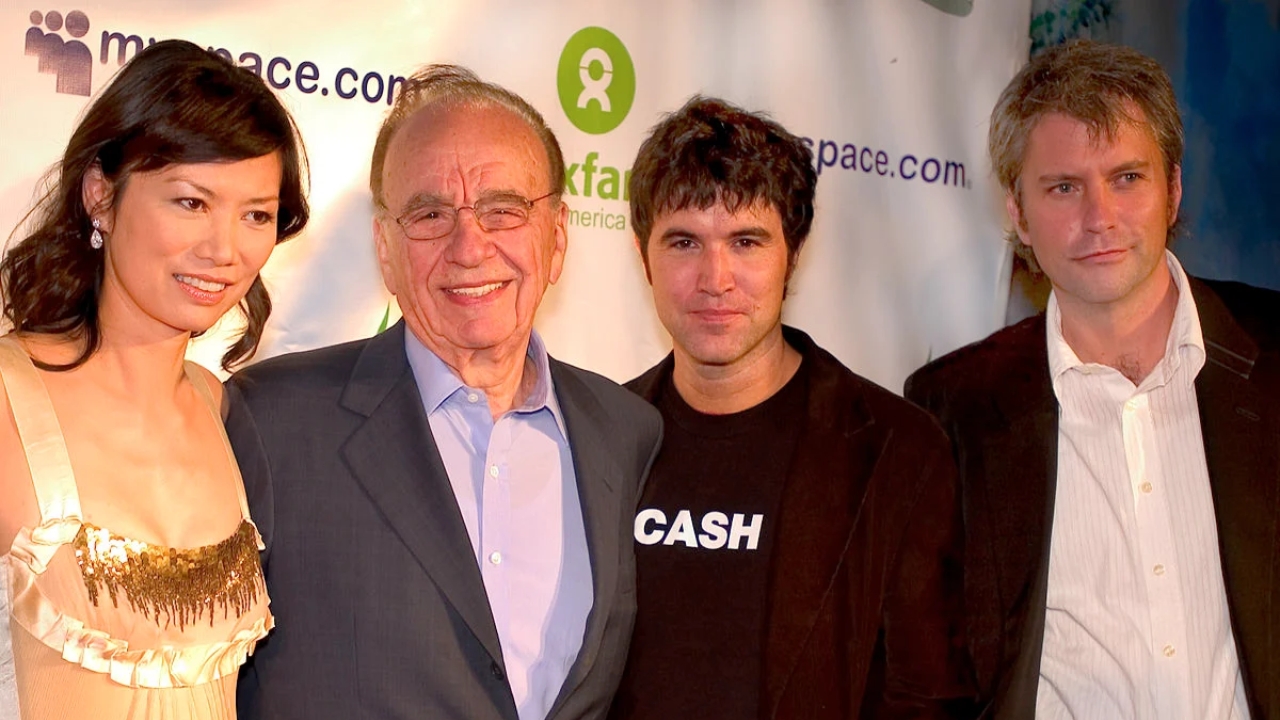
Rupert Murdoch was an early supporter of MySpace founders Tom Anderson and Chris DeWolfe. McCarten/Associated Press
What made MySpace so unique was its focus on Music. Musicians could use MySpace to reach audiences directly, allowing users to connect and interact with celebrities long before the days of Twitter. This unique feature fueled MySpace's rapid growth and attracted a diverse user base.
MySpace's layout and profile customization options were also a game-changer. Users could personalise their profiles with HTML code, adding background images, music players, and unique layouts. This level of personalisation had never been seen before – allowing users to express their individuality in ways that were not possible on other social media platforms.
In 2006, MySpace surpassed Google as the most-visited website in the United States. Over 115 Million users were creating and customising profiles, sharing content, and connecting with friends. MySpace had become a cultural phenomenon.
The Fall of Myspace
After years of growth in the early to mid-2000s, Myspace faced a series of challenges and strategic miscalculations that would ultimately lead to its failure.
One pivotal moment came when Rupert Murdoch's News Corporation acquired Myspace for a whopping $580 million in 2005, which led to the introduction of a number of new features that destroyed the user experience that made Myspace so popular in the first place.

MySpace website with ads cluttering page.
News Corp wanted to focus, on advertising revenue, which led to pages across the site being filled with ads and took away much of the user experience that made Myspace so popular in the first place.
This, paired with the highly customisable profile pages, resulted in cluttered and slow-loading pages that made navigating Myspace more difficult than it needed to be.
Facebook enters the picture
But it wasn’t just slow page-load speeds that killed Myspace. The launch of Mark Zuckerberg’s Facebook in 2008, which was initially only limited to college students, would shift the world’s perspective of social networking and leave Myspace in the dust.
In an eerily similar story to Yahoo, which missed the opportunity to buy Google in its early days, Myspace actually had the opportunity to buy Facebook for $75 million, but they turned Zuckerberg’s offer down. This would be a fatal mistake.
Facebook was everything Myspace wasn’t. It had a clean design, was easy to use, and didn’t have ads that would clutter pages on Myspace.
MySpace's initial success was built on the premise of customisation, allowing users to personalise their profiles with background images, music players, and unique layouts. But as Facebook became popular, users began gravitating towards more simplistic and easy-to-use interfaces over excessive customisation.
As Facebook users rose, Myspace users fell, and within just a few months Facebook had taken Myspace’s place as the biggest social network in the world.

Facebook vs Myspace users from 2005-2014. Source: Google Trends.
In January 2008, a group of people even got together to declare the 30th ‘International Delete Your MySpace Account Day’, prompting others to get rid of their Myspace accounts and join Facebook instead.
Slow pace of change
As Facebook and new players like Twitter took over the social media industry, Myspace decided it needed to fundamentally change its business model if it wanted to keep up with its competitors.
Trying to save the sinking ship, in 2009 News Corp appointed Owen Van Natta, who had previously served as Facebook’s COO, as CEO of Myspace in a bid to compete with Facebook.
His first move was to fire 30 per cent of Myspace’s staff, reducing the headcount from 1,000 to 700 people. But that would be one of the few changes he would be able to make at MySpace.
In February 2010, less than a year after he was appointed CEO, Van Natta left the company after becoming increasingly frustrated with the firm’s “slow pace of change” and “entrenched culture.”
Myspace would later blame this slow pace of change on its $900 million three-year advertisement deal with Google, which, while being a short-term cash windfall, prevented it from experimenting with new features and focusing on ad revenue.
Facebook and Twitter, on the other hand, were regularly rolling out new and innovative features to improve the social networking experience, attracting more and more users with every feature released.
Myspace’s downfall
As time went on, Myspace continued to lose users. Market research figures released by Comscore suggested that Myspace had lost 10 million users between January and February 2011, and had fallen from 95 million to 63 million unique users in the previous 12 months.
Myspace registered its sharpest audience decline in February 2011, as traffic fell 44% from a year earlier to 37.7 million U.S. visitors. This drop meant advertisers were no longer willing to commit to long-term deals with the site.
At the beginning of 2011, in January, Myspace let go of another 600 employees, which was widely considered the final nail in its coffin. Then, in June of the same year, News Corp announced that it sold Myspace for a mere $35 million to Specific Media.
Murdoch would go on to say the Myspace purchase was a "huge mistake", and Time magazine compared it to Time Warner's 2000 purchase of AOL, which saw a media outlet trying to stay ahead of the competition through a failed acquisition.
Does Myspace still exist?
Myspace is still active today, but it’s a shell of its former self. No new articles have been published since early 2022 and existing songs or media cannot be played. The site's privacy policy was last revised on 9 January 2023, and it's has been placed on a strange, read-only mode since then.
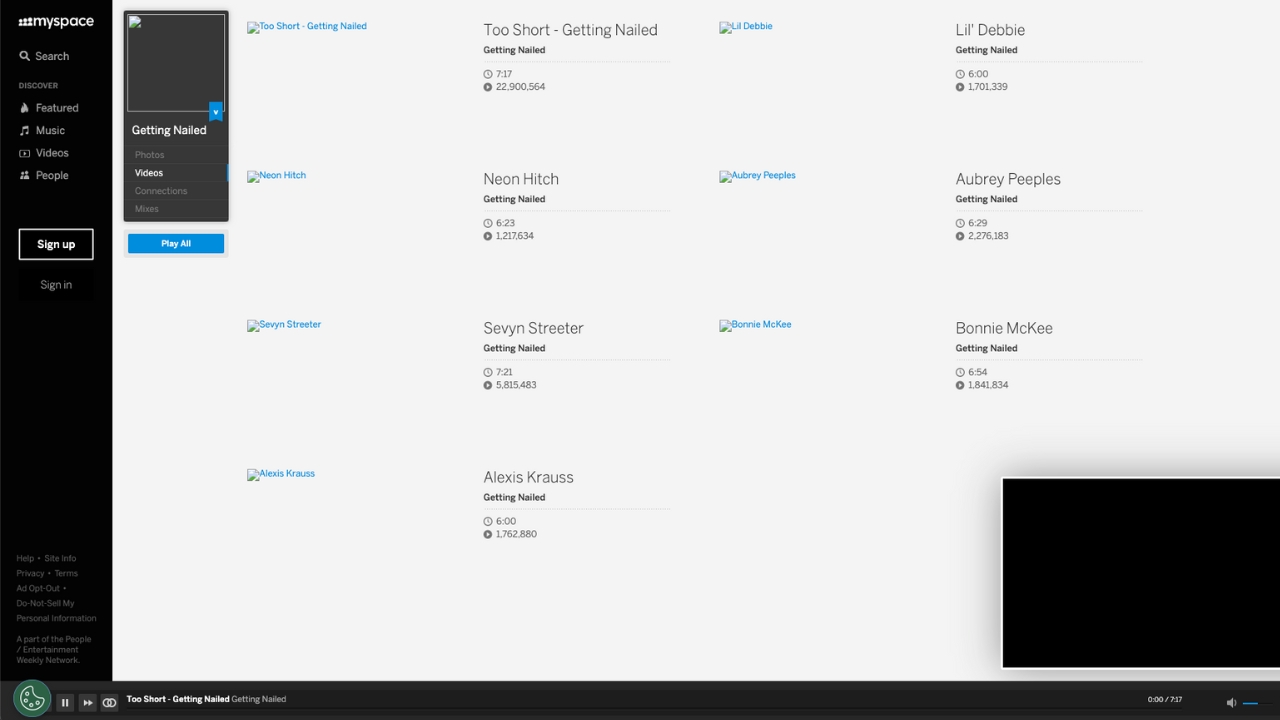
The myspace media player no longer works and no songs or media can be played as of June 2024.
After being acquired by Specific Media in 2011, the platform shifted its focus on music and re-positioned itself as a destination for music discovery and sharing. This included the introduction of new features for musicians and fans, such as a redesigned music player and improved social media integration.
Specific Media also simplified MySpace's user interface and made it easier to navigate, removing some of the site's more cluttered features while making advertising more targeted to improve the user experience.
Despite the changes, MySpace's user base continued to decline. In 2013, the site was redesigned again, but this did not stop the decline. In 2015, Specific Media was acquired by Viant Technology, and MySpace became part of Viant's portfolio of digital brands.
The Myspace Legacy
Myspace would become the first of many social media platforms to fall victim to the ever-changing world of social media.
Its rise was a watershed moment in the history of the internet. It was one of the first social networking sites to achieve widespread popularity, and it helped to usher in a new era of online communication and community building.
But Its fall would become a cautionary tale about the dangers of complacency and a lack of innovation. It teaches us that even the most successful companies are not safe from disruption if they fail to innovate and keep up with the changing needs of their users.





